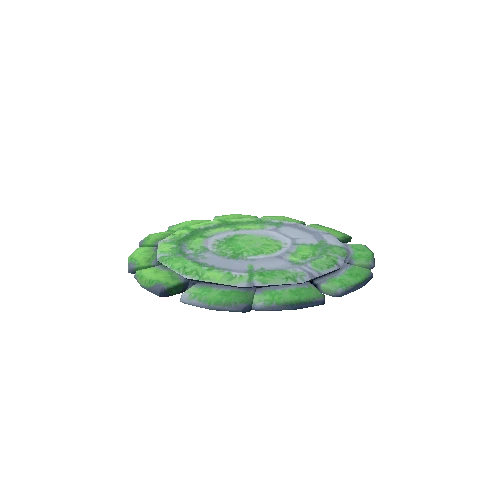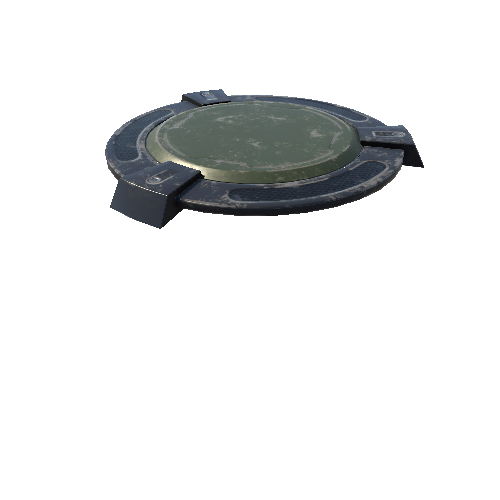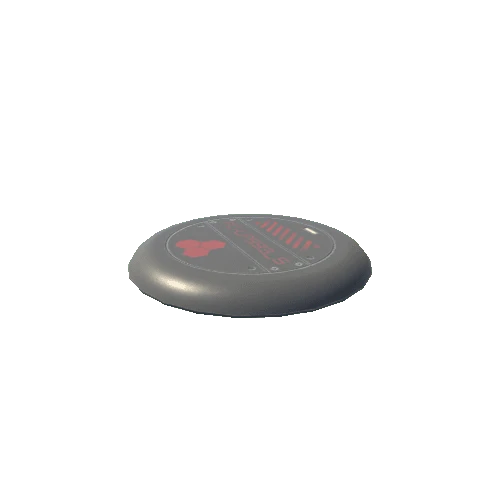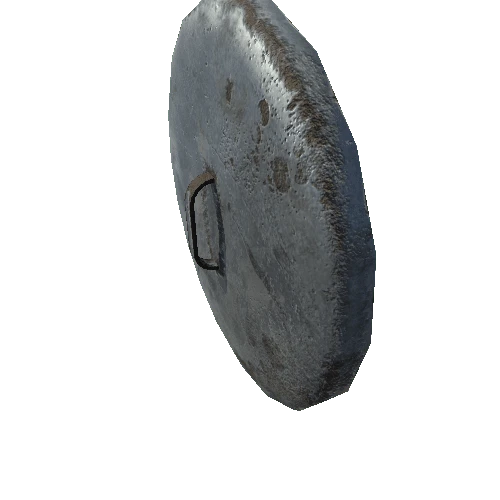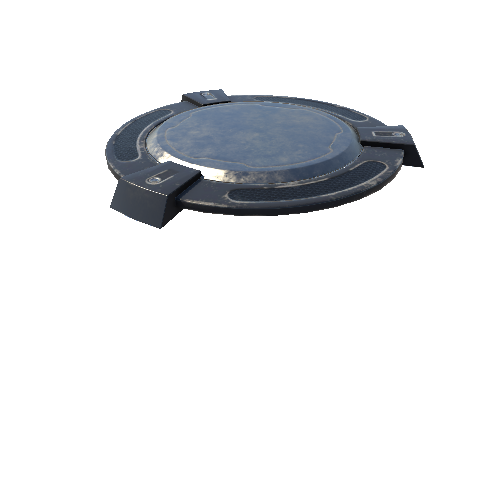Select or drop a image or 3D model here to search.
We support JPG, JPEG, PNG, GIF, WEBP, GLB, OBJ, STL, FBX. More formats will be added in the future.
Asset Overview
Core memory uses toroids (rings) of a hard magnetic material (usually a semi-hard ferrite) as transformer cores, where each wire threaded through the core serves as a transformer winding. Three or four wires pass through each core.
Using smaller cores and wires, the memory density of core slowly increased, and by the late 1960s a density of about 32 kilobits per cubic foot was typical. However, reaching this density required extremely careful manufacture, almost always carried out by hand in spite of repeated major efforts to automate the process. The cost declined over this period from about $1 per bit to about 1 cent per bit. The introduction of the first semiconductor memory chips in the late 1960s, which initially created static random-access memory (SRAM), began to erode the market for core memory. The first successful dynamic random-access memory (DRAM), the Intel 1103, followed in 1970.
p.s. С днём рождения Лёха!
